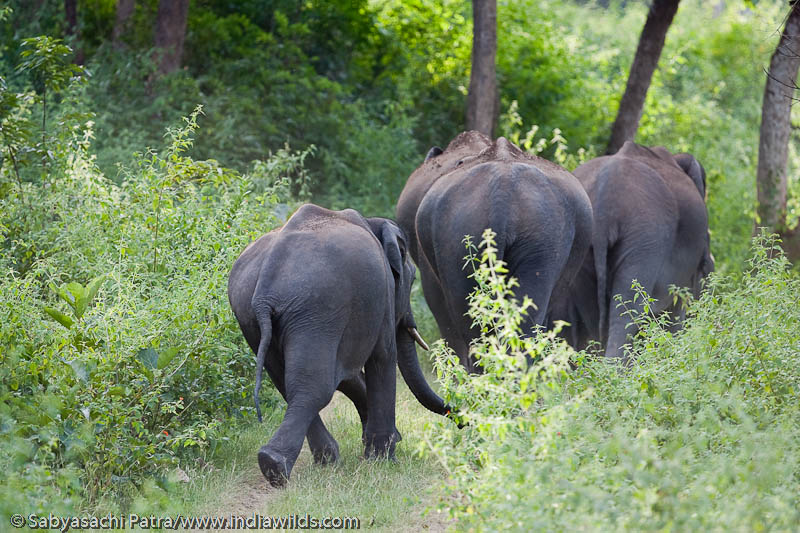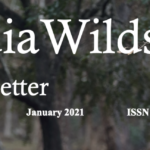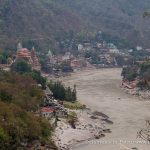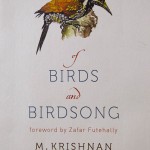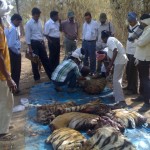Wildlife on the rise ? A False Perception!
A perception created by people living around the forests and and lapped up by journalists is that the wildlife populations, especially that of large mammals have increased phenomenally. In places where the intensity of human-animal conflict is high like Coimbatore, Valparai, Sathyamangalam, Anyrangal, Borivali, Guwahati, this perception is widespread and getting stronger with each passing day. There are several reasons for the wildlife to be visible on the outskirts of national park boundaries and other protected areas and that does not mean their numbers have overshot.
Let’s take the case of Elephants. Elephant is the largest mega herbivore in our country that is unfortunately a party to the Human-animal conflict owing to many factors. In India less than 25% of the total elephant habitat is falling within the Protected Area (PA) network that comprises of the Wildlife Sanctuaries and the National Parks. The rest of their habitat lies outside the PA network which is a mosaic of multiple use forests (Government reserved forests), plantations and cultivations that have come up in the place of the natural forests. Elephants have been destined to live outside the forested landscape, simply because of humans steadily encroaching on the forests and converting those to human habitations, cultivated lands etc. This has fragmented their habitat and their survival outside the Protected Areas has become extremely tenuous as exemplified by increased conflict related deaths.
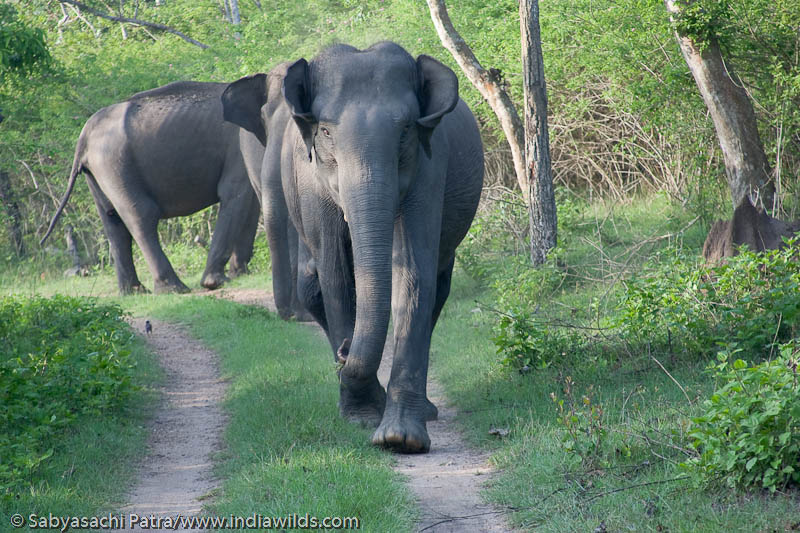
A Charging Elephant
Increasing human wildlife interface
Even the 25% of the elephant habitats falling within PA network is not completely devoid of problems. Within PAs (Protected Areas) we have linear intrusions like roads, canals, dams, railway lines and settlements fragmenting the habitat and reducing the habitat quality. Some of the PAs and Reserved Forests have very high density of cattle that competes with elephants and other wild herbivores over the available plant biomass. Even the better large mammal habitats like Mudumalai Wildlife Sanctuary in the Nilgiris continue to suffer from annual man made fires that destroys the precious fodder available for the ungulates.

An elephant struggles to find food in an invasives dominated landscape
Quality of habitats has also degraded due to our intrusion resulting in proliferation of invasive toxic plants like lantana camara , Parthenium hysterophorus, Chromolaena sp and score of other Forest Invasive Species (FIS) that have colonized good wildlife habitats. In many PAs productive riparian forests and vayals (=swamp fallows) that support luxuriant vegetation were taken over for paddy cultivation depriving the food availability for the herbivores. Collection of huge quantities of minor forest produce that includes edible fruits and even the bamboo has depleted the food source for the wild animals. All these factors have directly or indirectly forced wildlife to seek out food outside the human defined National Park boundaries. There is also a hypothesis of population constriction of large mammals in some PAs because of indiscriminate habitat loss in the surrounding areas and wildlife obviously seeks refuge in the areas with minimum human disturbance. This again cannot be claimed as an increase in population.
Comfortably ignoring all these facts, there is a vehement claim that wildlife populations have increased everywhere. The human – wildlife interface has indeed increased significantly as more roads are laid inside the forests and lengthy hard edges are created around the wildlife habitats. Even the once obscure forest roads now have many visitors and the forest boundaries have been filled up with tourist resorts, industries and housing colonies. Wildlife habitats continue to suffer from shrinkage and fragmentation. These days an elephant or any wildlife for that matter may have to ‘encounter’ human beings several times a day during its daily movement within its range. A decade ago elephant herds might have peacefully crossed the Mettupalayam to Ooty road in the cover of the darkness. This is just not possible today with over 3000 vehicles on an average plying in this road day and night. Elephant herds stay baffled in the road side awaiting a lull in the traffic to cross the road. They stand exposed being watched by hundreds of people most of who think that the elephant numbers have increased just because they saw them! Mere increase in the sighting rate within or outside the habitat does not mean that there is a true increase in the wildlife population.
Declining wildlife populations
Wildlife populations, especially the large cats and even the elephants suffer high mortality rates. The unnatural mortalities resulting from poaching, road kill, electrocution and others continue to haunt wildlife populations threatening their very existence. Further, there is no factual basis for claiming the increase in wildlife populations as we don’t have reliable base line information to compare the numbers over a period of time. Moreover, scientifically accepted manner of enumerating wildlife populations is nonexistent in most of the areas.
A recent article published by a renowned Primatologist Titled “Monkeys common no more” claims that even the common monkeys around us are dwindling in numbers and they occur in low densities in the forests. This is contrary to the popular belief that monkey populations have dramatically increased. Wild boars were in the news for wrong reasons. Kerala government had recently allowed killing of wild boars that ‘stray’ out of the forests in some districts. This decision is based on the opinion that wild boar numbers have exploded in the state. Wild boars belong to the family of Suidae and they are the most widely distributed prey species for the tigers. All the three major predatory carnivores in our region, the tiger, the leopard and the dhole (mistakenly known as the Indian Wild dog) predate on the wild boars. Long term scientific study on tigers conducted in the tropical forests of Karnataka by deploying techniques such as scat (faecal matter) analysis has revealed that on an average 9.5% of tiger’s diet constitute wild boars. Experts with years of field experience assert that wild boar population is subject to high seasonal fluctuations. Increase of their numbers in some forests may be a temporary phenomenon. So knee jerk reactions to specific situations and ordering “culling” of wild boars may reduce the prey base of the predatory carnivores and even increase the human – carnivore conflict.

Worried by traffic, a wild asian elephant looks at left and then at right before crossing the road in Nagarhole National Park, India
A cursory look at the census figures tell us that the human population is exploding and our demand on forests and Non-timber forest produce (NTFP) is reaching a point of no return. The baseless claim about the population increase of wildlife species is the result of arm chair theorists and is going to change popular perception and make it anti-conservation. It is also leading to a false complacence that wildlife is doing well despite our negative interventions on the habitats. Major threats for long term survival of wildlife such as the poaching and habitat loss are getting overshadowed. False propagation of number increase in wildlife populations will only distract us from key conservation priorities and wipe off the last level of sympathy people have towards wildlife.
N.Lakshminarayanan
Wildlife Conservation Society – India Program
Coimbatore
- Wildlife on the Rise? - 6 May,2012

